Vital Frequently Asked Questions [FAQs] for treks in Nepal
• Are you a licensed trekking agency?
Yes, we are. We have been organizing Tours, Treks and Expeditions for our valued clients that go beyond two decades. We’ve enjoyed nothing more than this, right to the hilt.
• Do the guides speak English and have first aid training?
All of the guides are specialists in their work and speak fluent English; most are born in the areas they escort trekkers to and have many years of experience in guiding foreign travelers. It's a compulsory requirement that they are trained in first aid and also carry a first aid kit with them during the trek.
• How big are the groups?
We always do our best to team up a small group of likeminded people to give them a memorable and insightful travel experience, coupled with an invaluable opportunity to interact with each other in the true spirit that comes with adventure. Our trek groups generally comprises of maximum 12 members. We need a minimum of 2 participants to run our fixed departure dates. For private trips, no minimum or maximum numbers apply.
• Are permits included in the price of the trek?
Yes. All of the necessary permits for your trek are included in the price and will be arranged for you prior to your trek. For certain restricted regions (like Manaslu and Makalu), you'll need to have a full day in Kathmandu prior to your trek as your trek operator will need your passport for the permit registration.
• Do you arrange private treks?
Yes, we do. If you would like to travel independently, or with your friends, families & colleagues you are invited to choose any of the trips at a timeframe that best suits you for any number of people (minimum 1 & maximum 100 at a time). The costs for private trips are generally fixed on the basis of group size, trek area, duration and trek style, and is negotiable. We also arrange TREKS FOR A SINGLE WOMAN. If by any chance, none of our fixed group departure dates work for you and you do not have anyone to accompany you, you can still be able to make your preferred trip with us. There is absolutely nothing to worry about if you want to go solo. We assign local guide, porters etc who you can trust your life with.
• Do you provide any equipment while trekking?
On all our Camping treks we provide all the tents, sometimes dome tents, sometimes sturdy A frames and normally people share one tent between two; a foam mattress each; all the cutlery and utensils, cooking pots, stoves; candles/kerosene lantern, tables and stools, kitchen tent, dining tent and toilet tent; all the main meals while trekking but not snacks. On Tea house treks there isn’t really a necessity to provide any equipment.
But you are provided a duffel bag if you don’t have one and a down jacket if you haven’t flown in with your own. This is loaned to you and must be returned when the trek is done.
• How difficult are the treks?
Classifying the difficulty of a trek is like walking a thin red-line, as it depends on your fitness and experience hiking on the mountains. In the Himalaya, a trek's difficulty depends on the steepness of the trail, the general altitude, and duration of the trek. Generally, the higher you go the more difficult the trek becomes. For most treks in the lower foothills (Ghorepani, Poonhill, Ghandruk, and Pikey Peak), it's fairly moderate trekking, although some days will be more challenging than others. For higher-altitude treks (i.e. Everest Base Camp, Gokyo, Annapurna Circuit and Nar Phu), the treks become more challenging as you get going over 5,000m passes with longer days. If you’re an avid walker and enjoy hiking, then there’s no better adventure than trekking.
• How long do we walk each day?
Much of our trekking ventures are classified into THREE different categories according to the level of difficulty. Soft Adventure treks are only about a week to 10 days in duration. They generally don't go above 4000 meter and each day, you can expect to be walking for around 4 – 5 hours. While moderate to fairly challenging treks are longer treks that go right into high mountain country. Physically quite tiring, these involve approx 6-8 hours trekking along rocky ridges of high Himalayan peaks. Arduous treks are longer treks that go far beyond the normal haunts of trekkers and tourists. Physically challenging, these may involve 7-9 hours trekking and likely to include unfavorable weather conditions and activities that are not only physically challenging, but also tax the mind. These trips are not for greenhorns.
• What is exactly 'teahouse' trekking?
Teahouse trekking refers to staying at a small local lodge or mountain hut each night of your trek. The lodges are basic but pretty cosy; enough to shelter you from the bitter mountain winds. They consist of 5-10 rooms with a common area used for eating and hanging out. Most treks in Nepal are teahouse treks where the lodges are run by members of the local community. Bunking out at these teahouses in some of the harshest territories on earth will give you a true sense of what life is in the wild.
• What do we mean by FOT trek?
On FOT or a ‘Fully Organized Trek’, all meals and sleeping arrangements will be fully organized by the support crew. FOTs are also known as CAMPING TREKS. On camping treks you will be sleeping in tents. A trekking crew consists of one sirdar, one cook and kitchen crew, Sherpa assistants and porters depending on the size of the group. Under the leadership of the sirdar (local trek leader), the crew consists of several Sherpa assistants who will ensure you don't take the wrong path, a cook and kitchen crew to keep you well fed with delicious and nutritious meals and the porters to transport all the gear from camp to camp.
Our main aim is to make the trek as hassle-free and enjoyable as possible. The ratio of both Sherpa guides and kitchen crew to group members is generally 1:4 and the ratio of porters to group members is around 3:1 at the beginning of the trek, but this decreases as food is eaten and loads become smaller. For bathroom facilities we carry a toilet tent. Your camping staffs dig a deep hole in the ground for excrement and cover the hole with soil after nature’s call is done. Camping treks are more expensive than teahouse treks. These treks are generally operated in remote restricted alpine zones that go above the tree-lines. Camping treks can also be used as options for teahouse treks throughout the Himalaya to enjoy the true spirit of adventure!
• What is security like during trekking?
Security for our clients is always a foremost priority for us. All our guides and other support crew are carefully chosen for your trips. Our guides hold licenses issued by the Nepal Government. They are very honest and reliable. But we would also advise you to take care of your own personal belongings. If you are on ‘camping treks’ please do not leave your bags unattended at any time for your own safety. Take your main bag inside the tent once you reach campsite. At night, all bags and belongings are kept in the middle of the tent. Your guide assigns a Sherpa on a rotation basis to guard the campsite throughout the night. If you are on a ‘Tea house or GAP trek’ arrangement, you will be sleeping in local teahouses. You need to take sensible precautions yourself at all times. Never leave your baggage unattended and keep your lodge room locked when you go out.
• What happens if I fall ill during the trek?
If by chance you fall ill during your trek, the first course of action depends on what's wrong with you. If it's altitude sickness, moving to lower altitudes and taking altitude medication will solve most cases; if it's quite severe, your guide will arrange for an emergency evacuation by helicopter (be sure that emergency helicopter rescue is covered in your travel insurance). If you have a stomach sickness, bug or any other types of food or water-related illnesses, your guide will have medication on hand for most common illnesses.
• What type of food is served during a trek?
On CAMPING TREKs we provide three delicious, plentiful and nutritious meals daily with a tasty mix of local and western dishes. Your day starts with a king-size breakfast consisting of a choice of porridge, muesli and cereals followed by omelet, fried or scrambled eggs with ‘chapattis’ [rounded bread made from wheat] or multigrain-bread. Also included are seasonal fresh fruits. Lunch is generally a selection of organic salad, cooked vegetable dishes, pasta and traditional breads. Dinner is a truly hearty 3 course meal - soup, followed by a variety of vegetables, meat, and rice and pasta dishes and completed with a simple dessert [which may include a finger-licking crusty apple pie].
Ironically, some of the best apple pies in the country are found on these mountains and not in thamel, Asia’s hub for backpackers; as many tourists would assume. Tea and coffee are also provided at all meals. We use as much fresh organic produce as possible available at some of the villages we hike through and special diets are regularly catered for. The trek leaders maintain very tight controls on health and hygiene in the kitchen with respect to general cleanliness and food preparation and also within the group with respect to personal hygiene.
All foods are well cooked and vegetables are treated by potassium permanganate or iodine. We only serve Boiled water for drinking. Antiseptic soaps and potassium or iodine treated water are provided for washing. Special dietary requirements can always be catered for. On Tea House treks we provide standard breakfast, lunch and three course dinner, tea or coffee is also included with each meal. Your guide will help with menu selection and ensure that you get the best value meals possible. Although the food is usually plentiful and delicious, you should be aware that the menu is not normally extensive. Most teahouses offer a variety of rice and soupy noodle dishes, as well as soup and seasonal vegetables. A variety of cereals, bread and egg dishes are generally available for breakfast. There will also be plenty of snacks available such as biscuits, chocolate and soft drinks and in some areas you will find fresh fruit in season. You can buy packaged water (bottled mineral water) from local lodges and shop en route or you can also ask your guide to fill your water bottle with boiled water and treat it with water purification pills. Although its held that gluttony is a sin, nevertheless, we ensure our trekking guests are well fed in as much as they can digest to cope with the arduous trails and the tough elevations.
• Do I need to carry my own gear?
You'll carry your daily essentials (sunblock, water, hat, light jacket, and camera) but your porter will carry the bulk of your gear, such as extra clothing and overnight basics. Porters are especially helpful for longer treks where you'll be carrying more gear. For shorter treks (2-3 days), you may opt just to have a guide if you're comfortable carrying your own gear, but hiring a porter is a great way to support the local economy and is quite affordable. Its also the safest thing to do when you’re hiking on the biggest and most rugged mountains on planet earth.
• How much could porters carry?
Porters typically carry up to 30 kgs max. (To ensure they're not overloaded). For fragile items, such as cameras, it's still best to carry these items yourself. If you have more than 15 kg., please carry the extra weight in your day pack. In the commercial trade, when transporting goods and supplies up into the high mountains, some porters carry up to 100 kgs and get paid less than a fair wage provided by some so-called responsible trekking companies. However, doing things like this weighs on the conscience and we totally avoid such unfair situations.
We know the risk that comes with neglecting our porters and follow all mandatory guidelines as stipulated by the IPPG international porters association.
• What is the overnight accommodation like?
In cities like Kathmandu or Lhasa, accommodation will be in hotels of your preference. We have a pool of hotels that ranges from luxury deluxe to budget hotels. While on a trek accommodation will depend on the trek style. If you are taking a camping trip then you will be sleeping in tents. Whilst we endeavor to stay in the best possible accommodation along the way, you should be aware that most teahouses, particularly in the smaller villages, are pretty basic but cosy enough to protect you from the harsh elements. The bedrooms are usually very small, the shared bathroom facilities are often outside and meals are served in a communal dining hall. Although simple, the teahouses do provide shelter and warmth and are normally run by friendly local families. Tea house treks are less expensive then Camping treks and are largely suitable for small groups. Usually, during busy seasons if private rooms in smaller villages are fully occupied you might have to bunk out in a dormitory. But then this is what adventure is all about.
• Can we change the itinerary?
Depending on the prevailing situation, you can modify it to some extent after consulting with your senior guide. However, the date of trek completion should always coincide with the original itinerary. You should keep in mind that this is an adventure trip into some of the most remote regions in the world, where many unforeseen circumstances may contribute to the need for a change in itinerary. In such cases, we or your guide will suggest the best alternative similar to your original itinerary.
• Is tipping included and if not, how much should I budget?
Tips are always appreciated by your support team after the trip. The amount depends on your budget and appreciation of their work. Guiding on some of the most risky trails on earth is a tough job and your crew always makes sure they lead from the front. Some trekkers give 10% of the total tour cost as tips. The hat is passed around and the whole group contributes. Most trekkers happily provide tips with big hearts. The choice is yours if you feel they’ve been worth it.
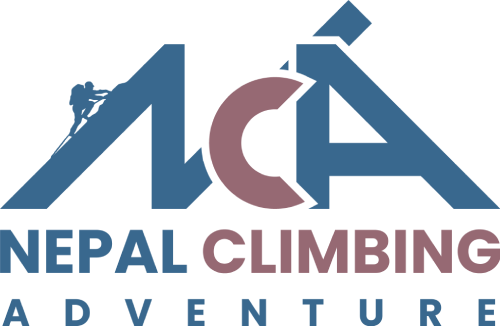
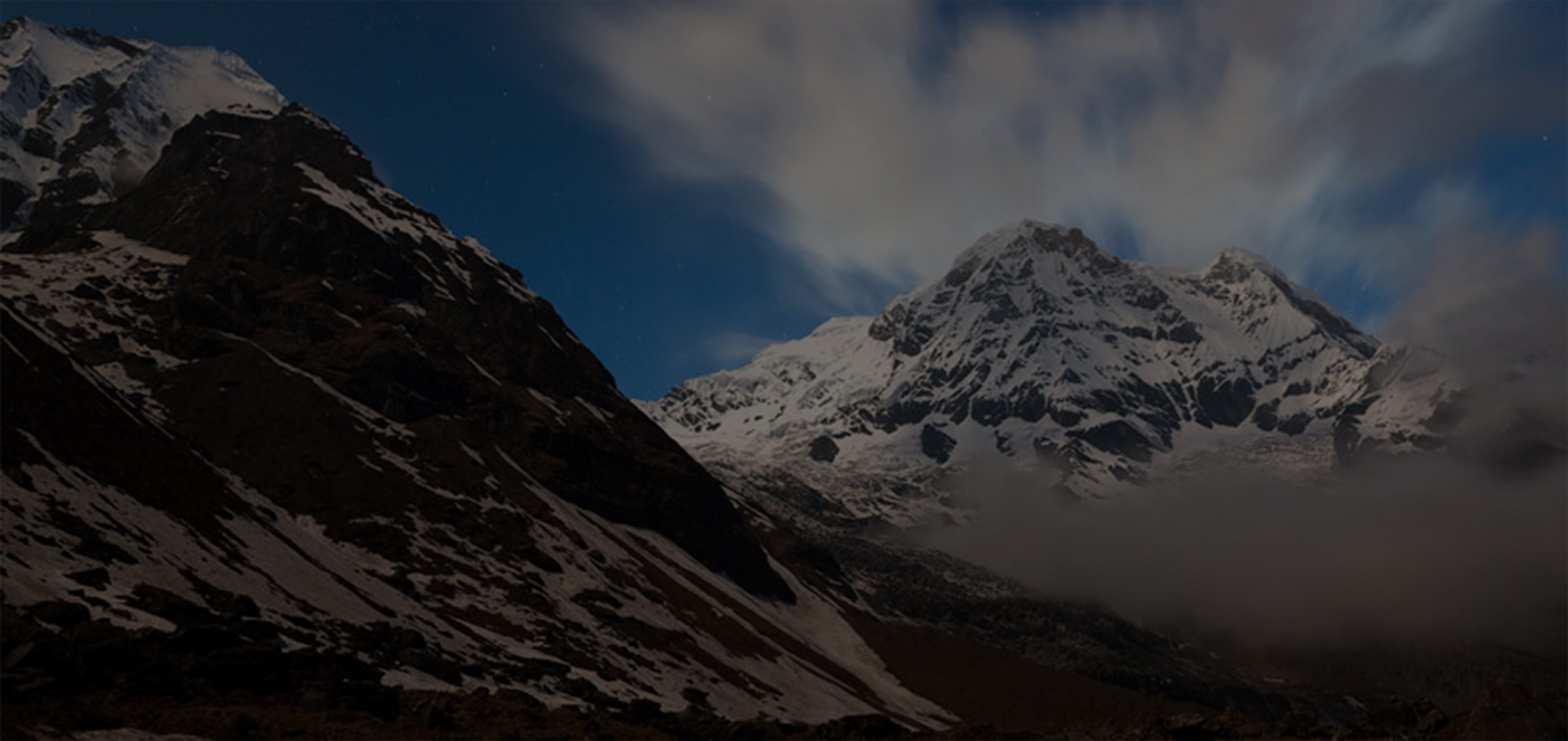
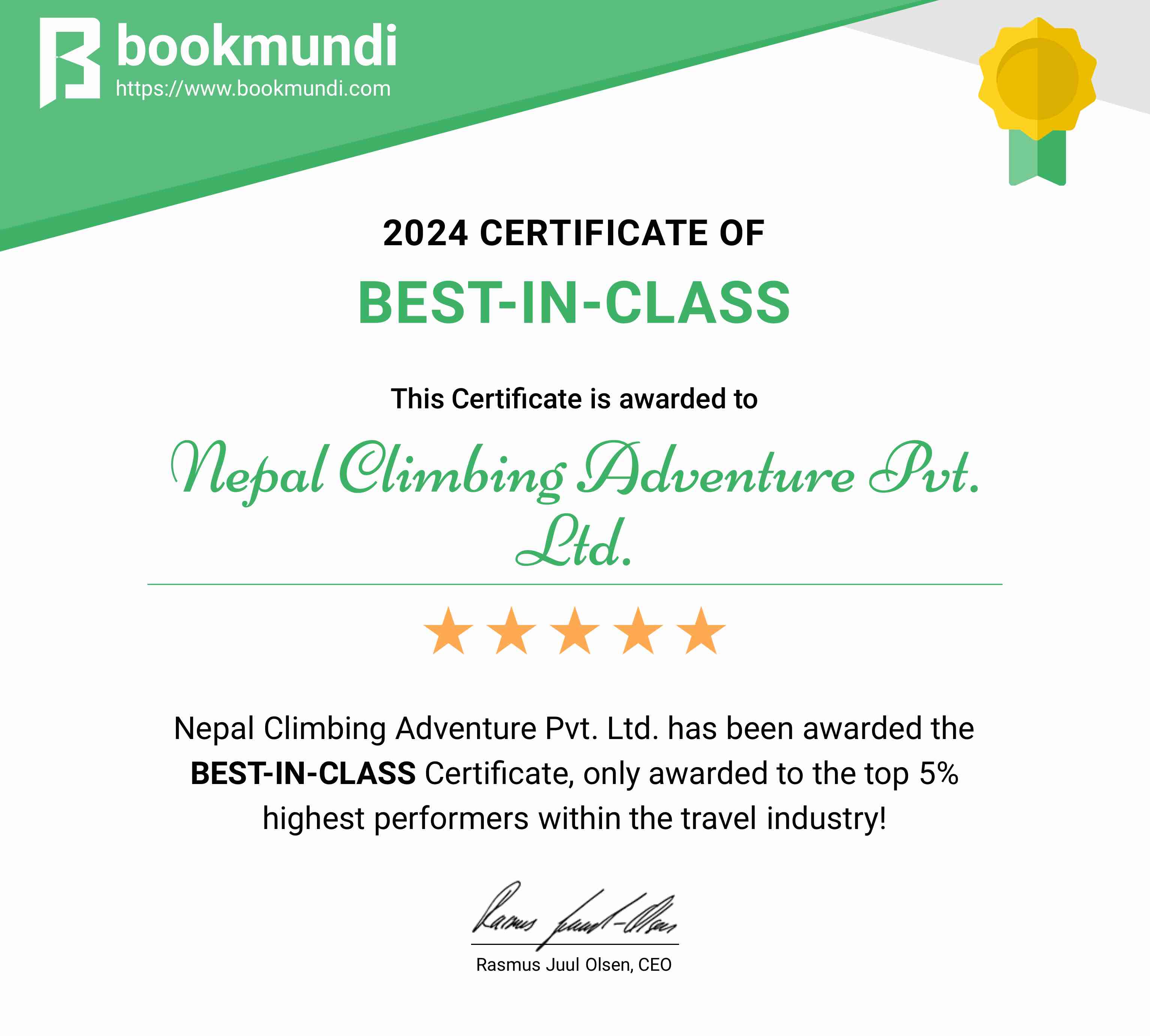
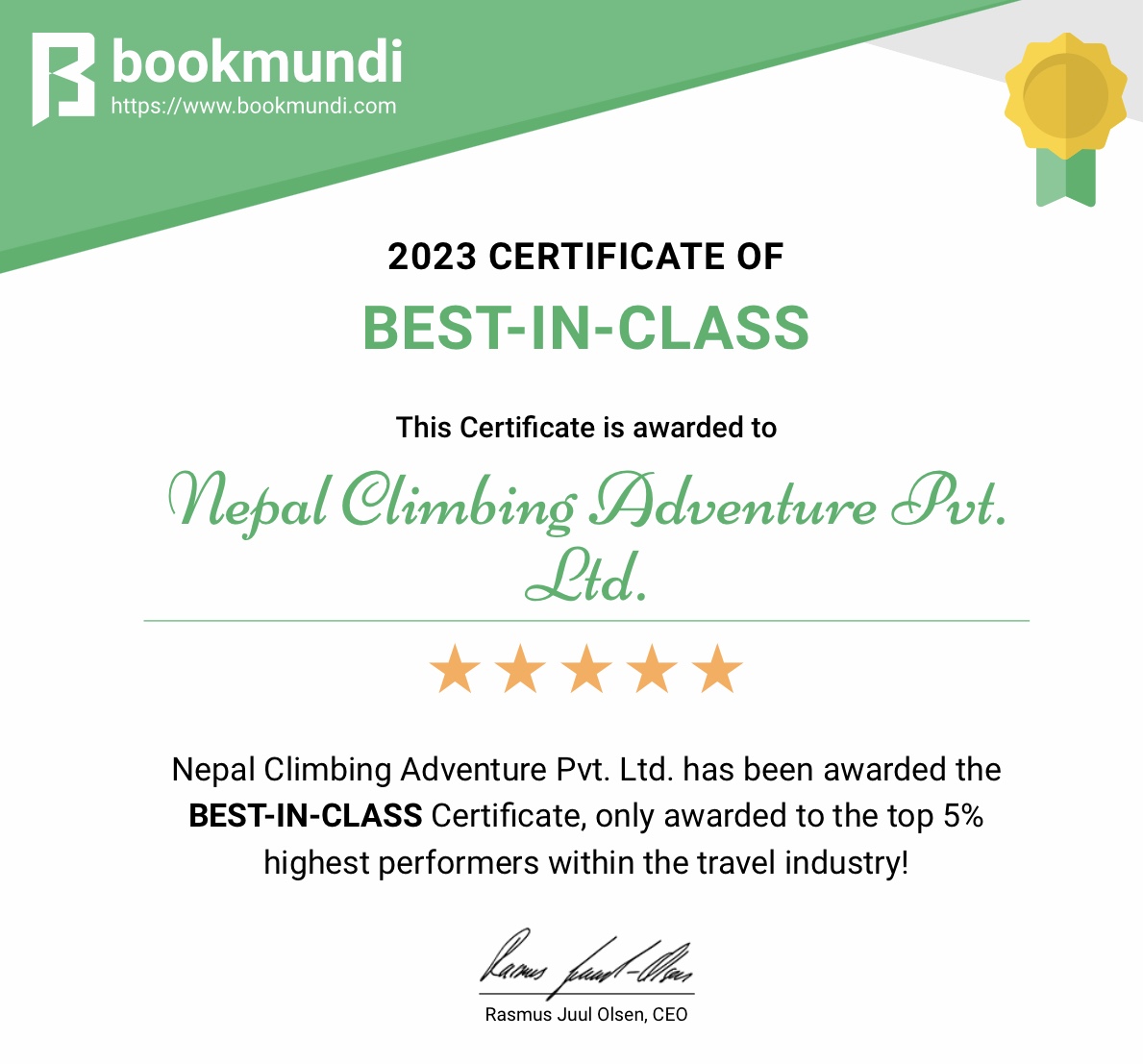
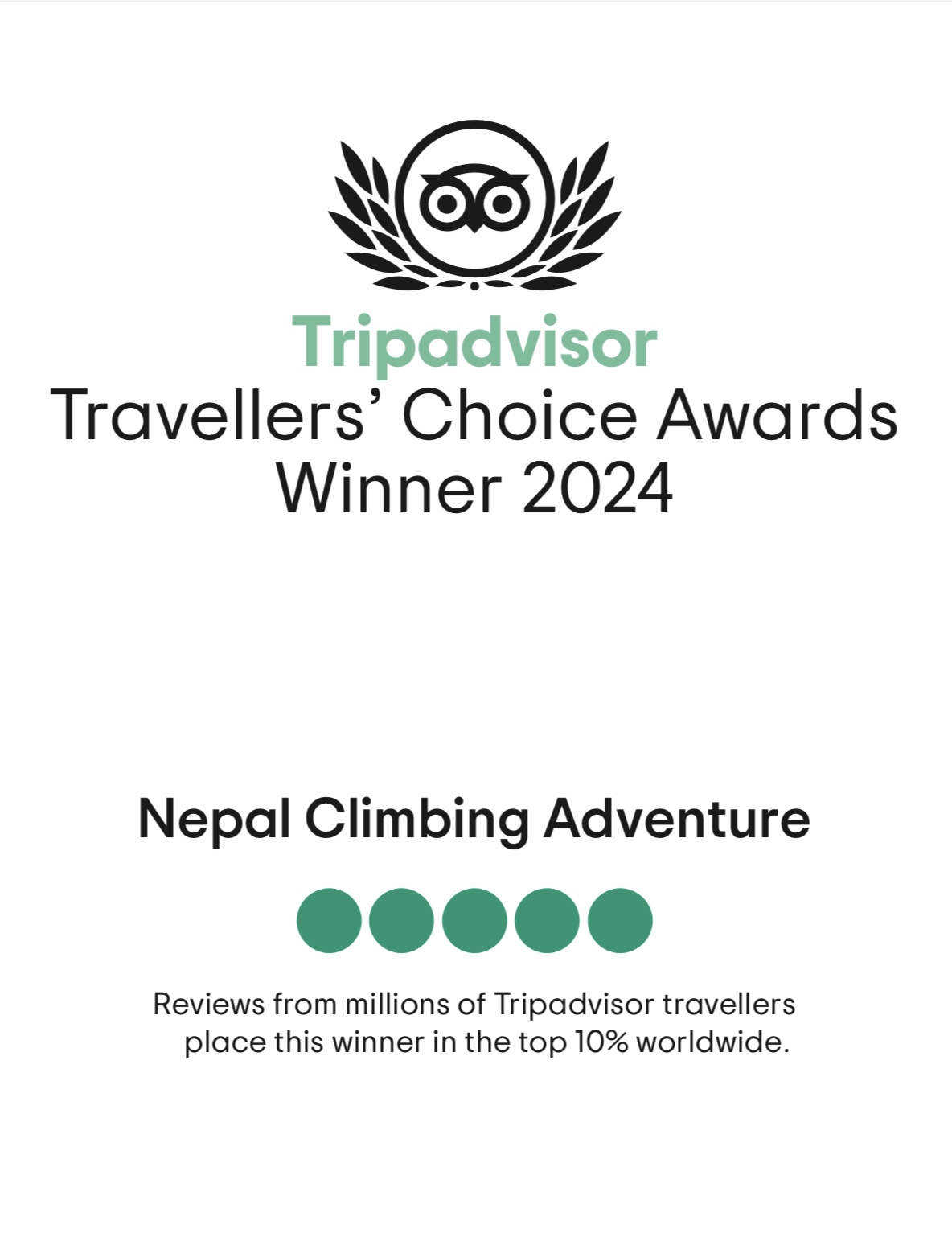
















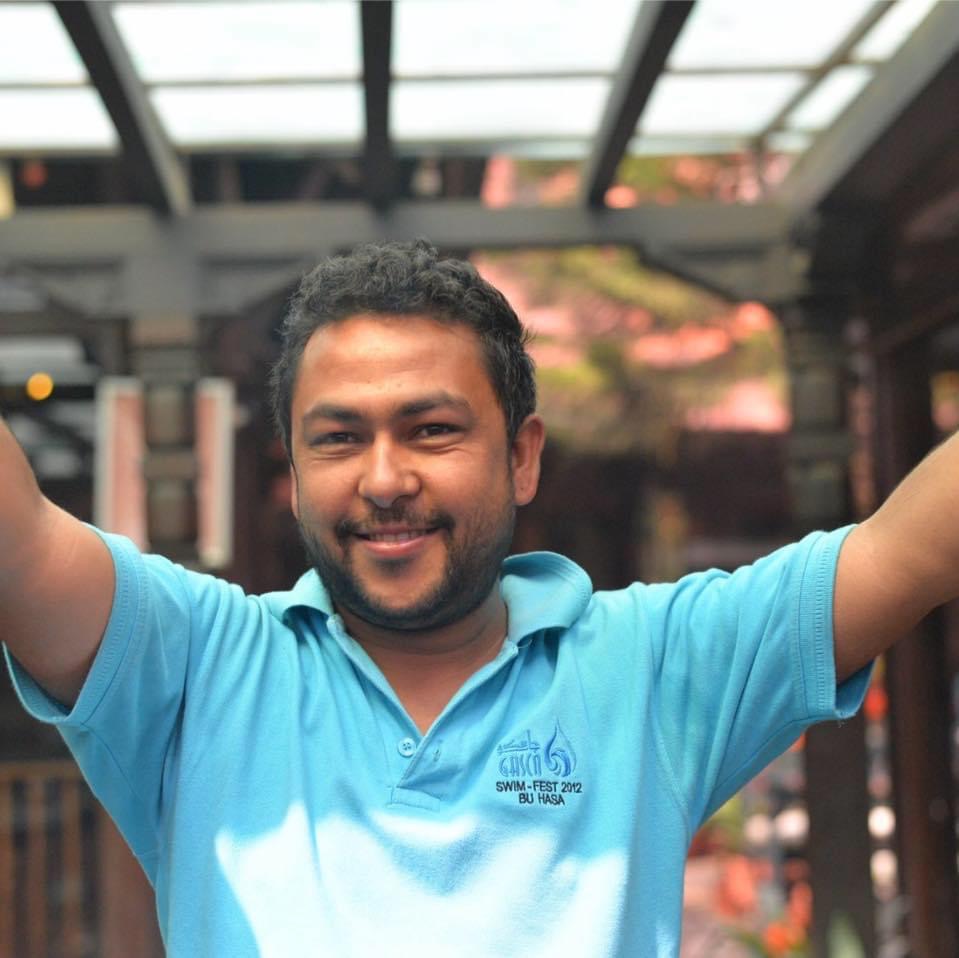 Chris Chhetri
Chris Chhetri